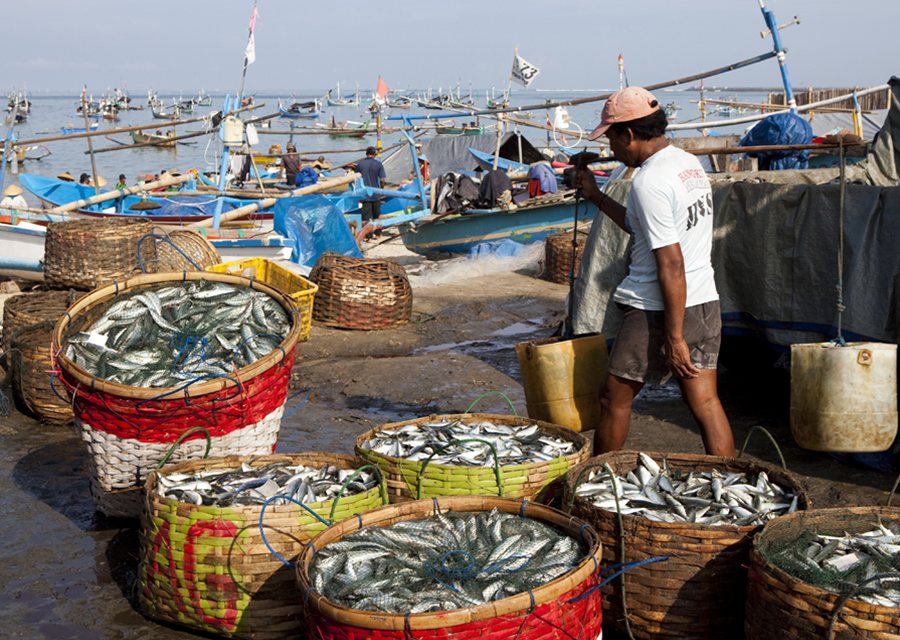Bali travel guide
Bali, one of 18,110 islands that make up the vast Indonesian archipelago, is located about eight degrees south of the equator. The island is separated from Java to its west by the shallow Bali Strait. To the east, the Lombok Strait, an ocean trench that plunges down steeply to a depth of 1,300m (4,200ft) – the deepest waters of the archipelago – separates Bali from the neighbouring island of Lombok.
Lying east to west across the island are six volcanic peaks over 2,000m (6,500ft) high. The highest is Gunung Agung, considered the abode of the deities who cause eruptions to punish the Balinese for wrongdoings or for not showing respect. By the same token, the rich, fertile mineral soil – a result of those eruptions – is regarded as a gift from the gods as it enables farmers to harvest up to three crops of rice a year.
Places to visit in Bali
Central and East Bali
Central Bali is best known for Ubud, the island’s artistic centre, and many visitors perch there and are content to wander its narrow streets on extensive shopping expeditions or relax in its healing centres, perhaps taking in a dance performance in the evenings.
Beyond the now overcrowded town, much of the rich history of Balinese culture lies peacefully hidden from the tourism masses and can be enjoyed on scenic drives taking in memorable vistas of rice fields and deep river gorges. Antiquities dating from the 11th century abound in the outlying areas west, north and east of Ubud, with one rare artefact dating back to Indonesia’s Bronze Age. And along with these treasures are glimpses into the deep-rooted traditions that remain very strong within the Balinese people today.
East is the most auspicious of compass points in the Balinese world view, and an excursion among the temples, palace ruins, crater lakes and black-sand beaches of this area reveals why. Less developed and simpler than the island’s south, eastern Bali has a different ambience defined by lava-strewn landscapes, ancient kingdoms and good diving and snorkelling. Partly hidden by the eastern coastal ranges is the colossal Gunung Agung, Bali’s tallest peak at 3,142m (10,308ft), which on clear days can be seen soaring above the countryside.
North and West Bali
An increasing number of visitors are escaping the congestion of South Bali and Ubud in favour of other areas of the island that are ideal for quieter getaways with fewer crowds. In the west the landscape is much drier, and off the coastal highway that leads from Pura Tanah Lot to Gilimanuk the beaches are experiencing development that promises to continue for several years.
Once only remote surfing areas, their newly built resorts and villas are good bases for taking in the refreshing sea air and for scenic mountain drives to the north. Menjangan island in West Bali National Park is Bali’s premier dive destination, with the north coast’s Pemuteran a close second.
The north coast highway grips the shore, passing through Lovina, an excellent starting point for exploring the scenic Bedugal highlands to the south. Also along this road are even more developments: villas and resorts catering to wellbeing, yoga, meditation and healing that continue east of bustling Singaraja.
South Bali
Balinese cosmology considers south the most impure direction. Yet southern Bali attracts most travellers, where the infrastructure and commercialism are most developed. Moving south from Denpasar, office-block facades give way to signs advertising hotels, tours and shops.
Throughout the island’s history, southern Bali has been the first to welcome or repel outsiders. Bali’s first king, Sri Kesari Warmadewa, conquered invaders in AD 913. In later times, important Javanese priests trod these shores. Empu Kuturan came to Bali in the 10th century and introduced the meru, or multi-tiered roofed shrine. Bali’s exposure to the West began when sailors from Dutch explorer Cornelis de Houtman’s fleet were so entranced by the island that they jumped ship to stay forever, beginning a trend that has continued to this day. The first hotel on Kuta beach was built by an American couple in 1936.
In addition to the sun, sand, sea and infrastructure (often lacking in other areas of Indonesia), visitors continue to flock to southern Bali beaches in part because of the local people’s attitudes. Although they may not always approve of foreign shenanigans, the Hindu Balinese are more prone to look the other way than Indonesians elsewhere.
Read more from the travel guide to Indonesia











